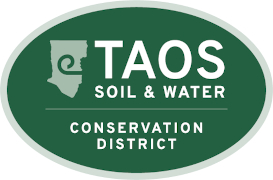Russian Knapweed
Acroptilon repens
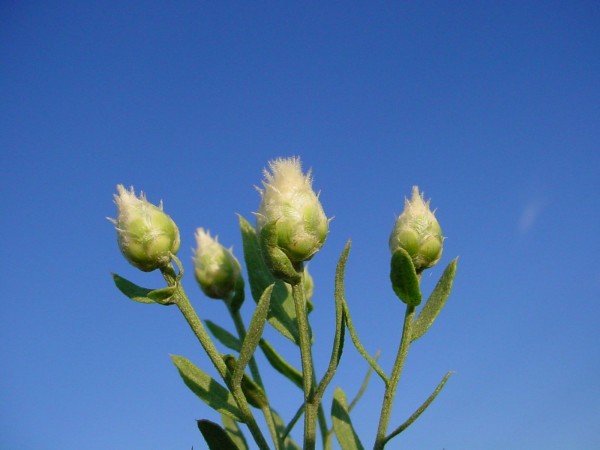
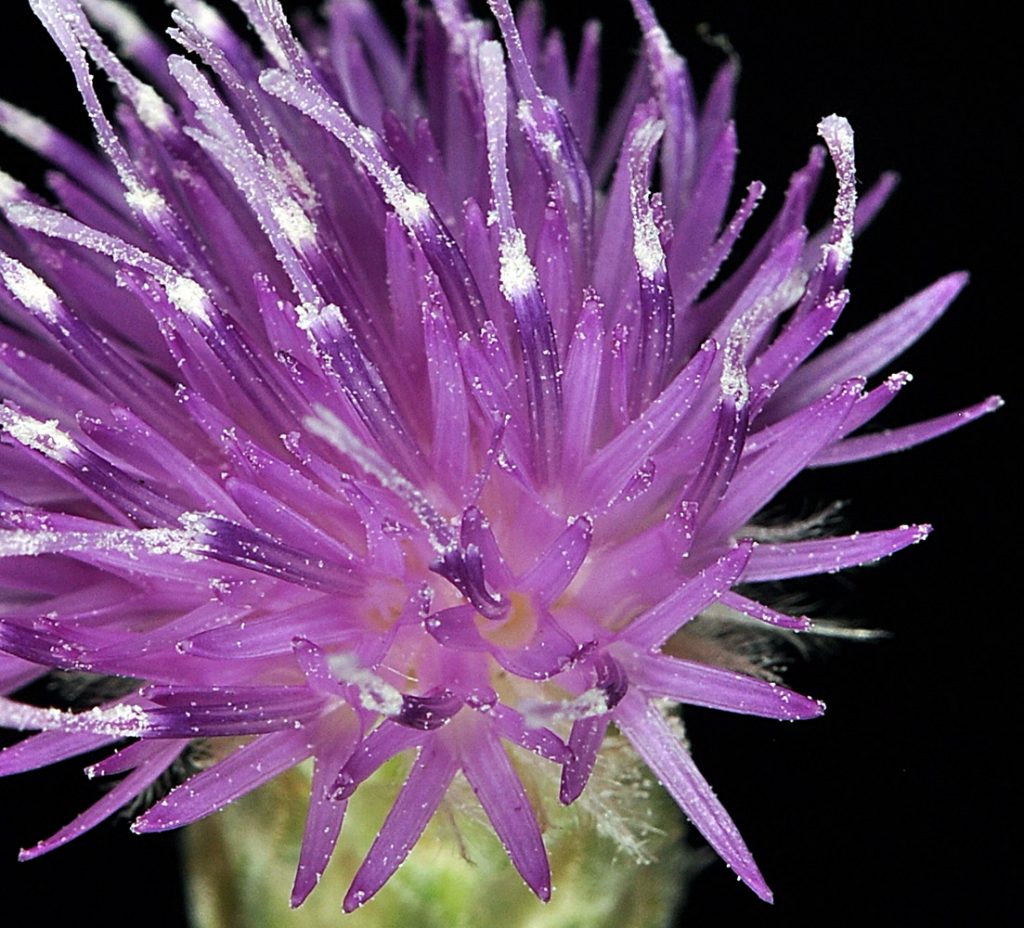
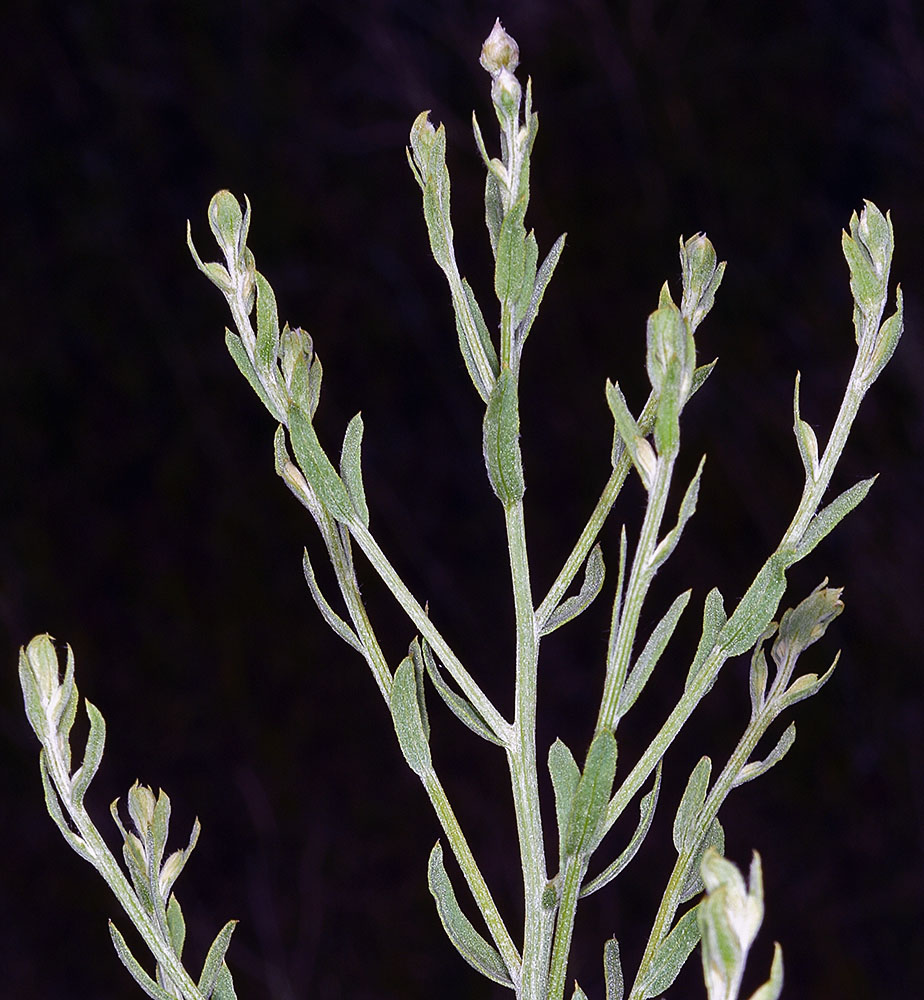
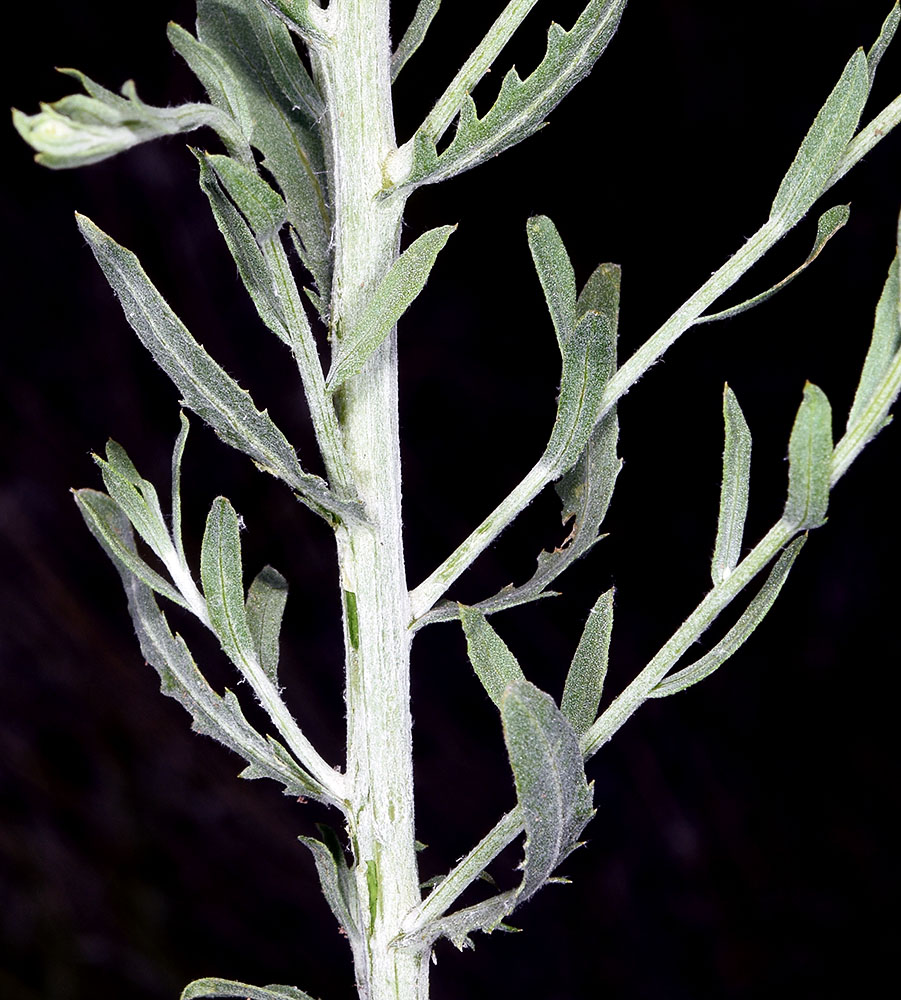
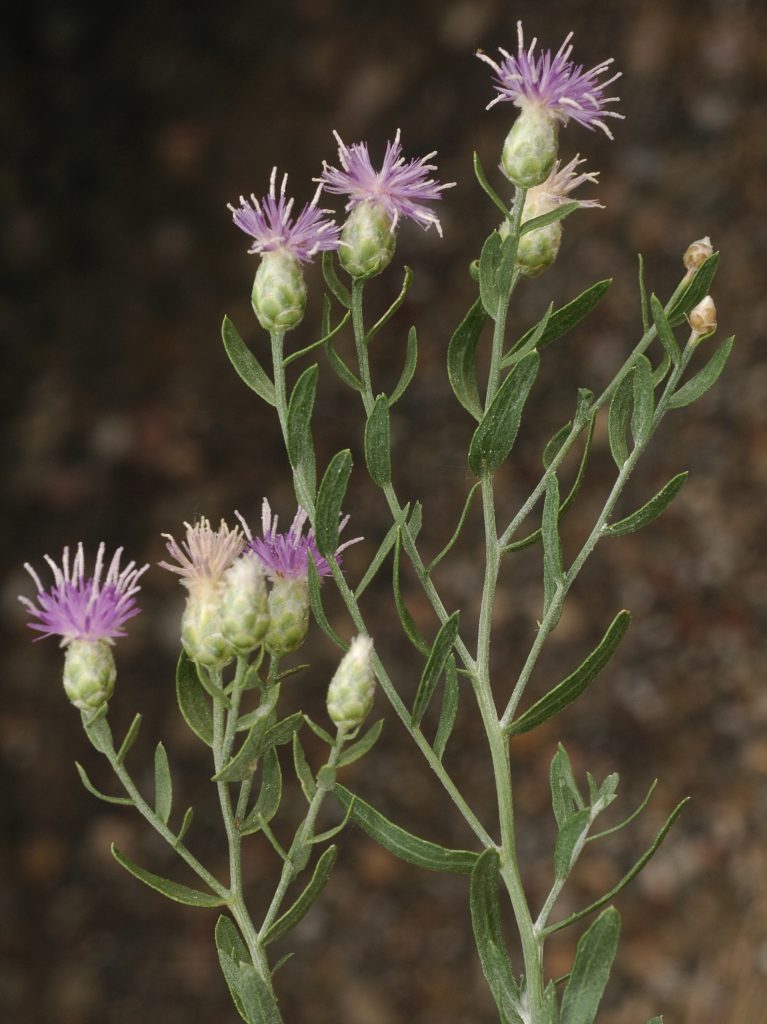
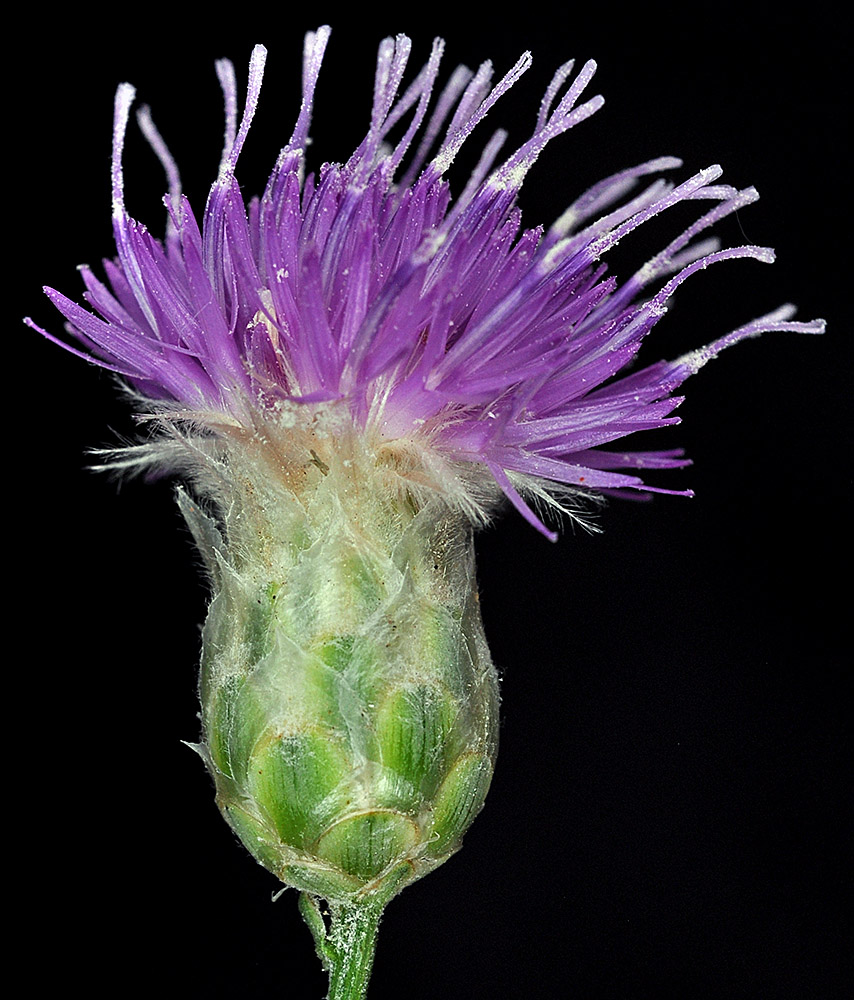
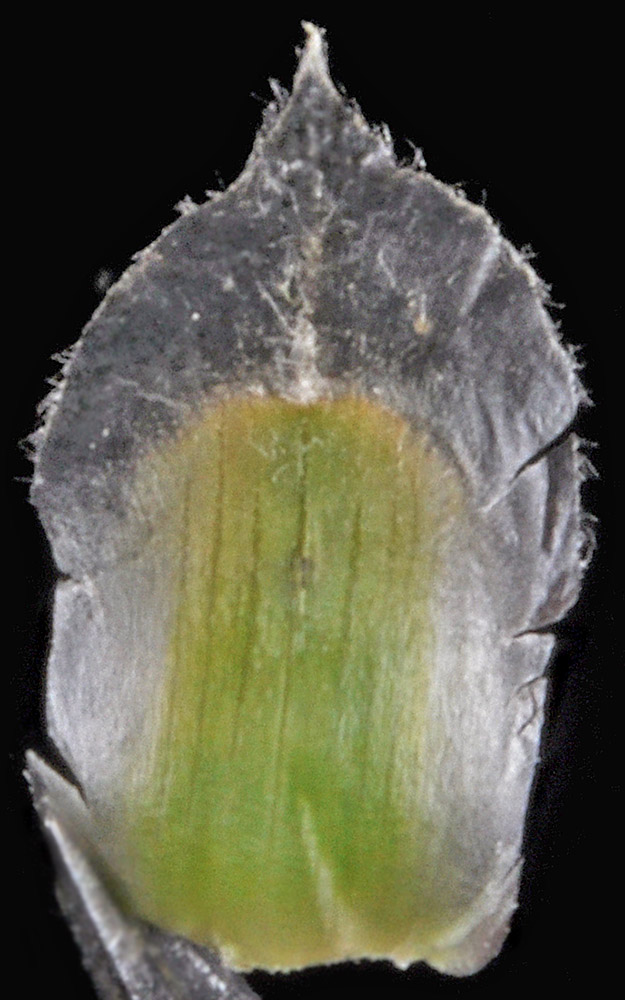
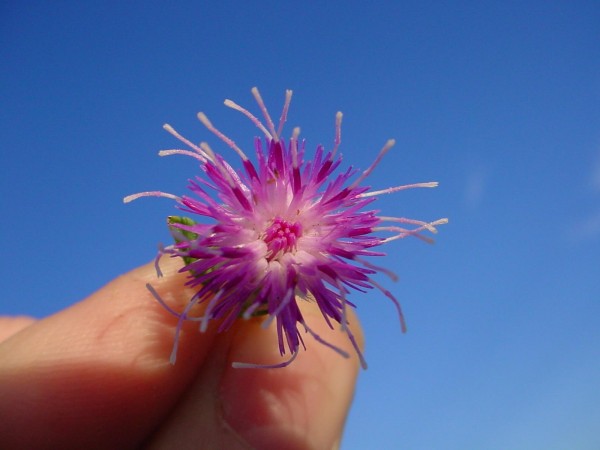
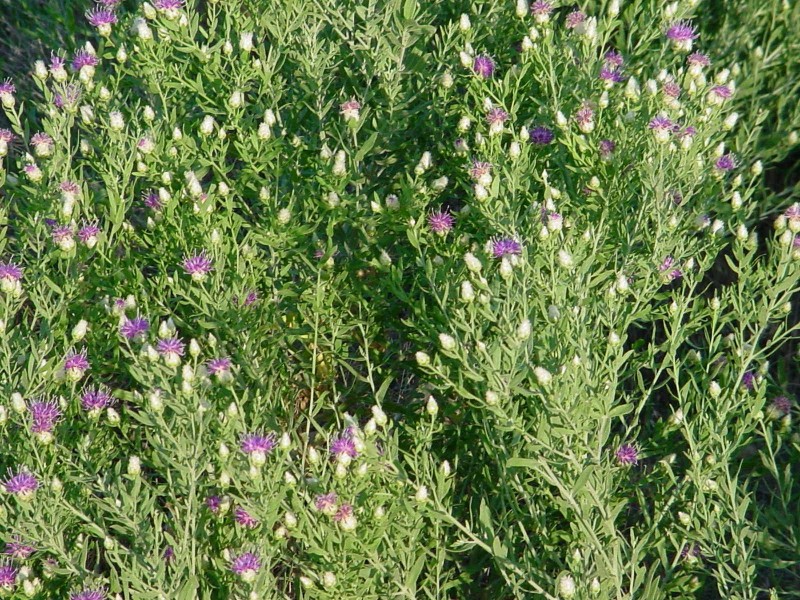
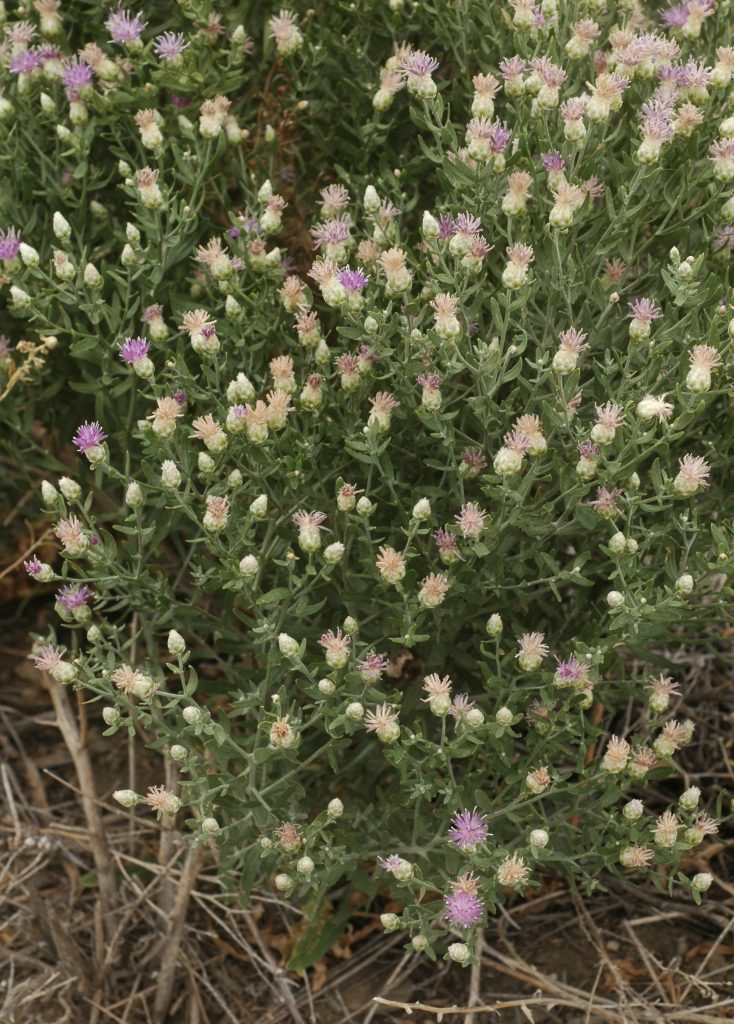
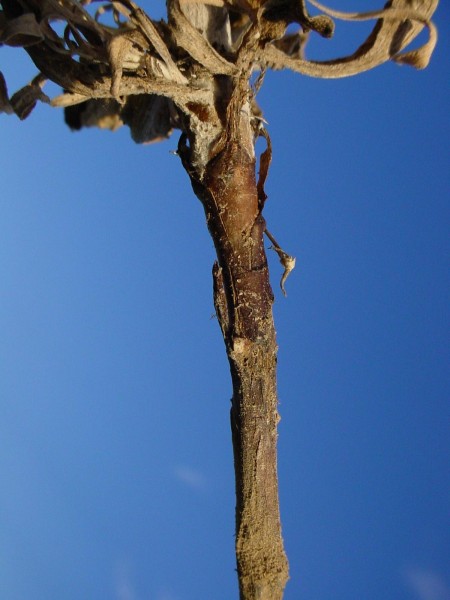
Russian knapweed (aka Turkestan thistle, creeping knapweed, mountain bluet, Russian cornflower, and hardheads) is a non-native, noxious and invasive, creeping perennial. It reproduces both from seed and from vegetative root buds.
It is toxic to horses, causing irreversible and painful chewing disease. It leaves them unable to pick up and chew food, resulting in their starvation. For the toxic threshold to be met, some suggest that a horse must have eaten 60% of its body weight before symptoms appear.
Russian knapweed is also allelopathic, which means that it exudes toxins into the soil so that no other plant species can grow around it. Because of this, it forms dense, single species stands over time.
For more information about Russian knapweed and how to control it, check out this link.

